How to Capture Cinematic Drone Footage
Part 1 of 3:
Planning Your Filming
-
 Shoot at the right times. A lot of things factor into your video quality, and picking the ideal time to shoot is very important. The best times to shoot are sunrise and sunset to get that extra light and color in your video.
Shoot at the right times. A lot of things factor into your video quality, and picking the ideal time to shoot is very important. The best times to shoot are sunrise and sunset to get that extra light and color in your video. -
 Check the weather before you go out. It might be a beautiful day, but powerful gusts of wind can make it hard for your drone to stabilize and get cinematic shots.
Check the weather before you go out. It might be a beautiful day, but powerful gusts of wind can make it hard for your drone to stabilize and get cinematic shots. -
 Plan your shots before you put your drone in the air. You only have so much battery and planning beforehand can eliminate a lot of wasted time and allow you to capture more quality footage.
Plan your shots before you put your drone in the air. You only have so much battery and planning beforehand can eliminate a lot of wasted time and allow you to capture more quality footage.
Part 2 of 3:
Shooting Footage
- Slow down your speed. The slowed speed adds emphasis and a more dramatic effect to your clips and creates this cinematic feeling.
-
 Avoid making any sudden or jerky motions. You want your shots to be as smooth as possible to create the cinematic feel and a jerky motion can ruin your clip.
Avoid making any sudden or jerky motions. You want your shots to be as smooth as possible to create the cinematic feel and a jerky motion can ruin your clip. - Use ND filters. ND filters reduce the amount of light entering the camera and provide a longer shutter speed. These are crucial for drones that do not allow you to change your aperture settings as they allow you to have a natural blur in your clips that looks really cinematic.
- Focus on your subject. If you are trying to create that cinematic feel, it helps to have a focal point in your shots.
- Shoot for variety in your clips. Many people enjoy basic movements while shooting such as a pullback or moving in; however, if you use the same movements your footage can get repetitive and dull, so it is best to capture your subject in as many unique ways as possible.
-
 Always be recording. You never know what you're going to see in the air and if you're not always recording it can be easy to miss some great shots. Also, the more footage you have, the easier it will be when you go to edit your footage.
Always be recording. You never know what you're going to see in the air and if you're not always recording it can be easy to miss some great shots. Also, the more footage you have, the easier it will be when you go to edit your footage.
Part 3 of 3:
Editing your Footage
- Color correct your footage. A lot of people just put their clips together without correcting their footage, however this will prevent you from getting the most from your video. Color correcting includes adjusting things like brightness, saturation, color and much more.
- Use LUTS. Instead of color grading your footage, a LUT is like a preset filter for your footage that can greatly improve the color. Most editing software comes with a pre-made group of LUTS and each one is unique, so try them out to find the best fit for what you are trying to do.
-
 Avoid jerky transitions. Transitions take away from the footage and the cinematic feel. Instead, transition your clips based on the beats in music that you choose. This makes the video feel much more dramatic and smooth.
Avoid jerky transitions. Transitions take away from the footage and the cinematic feel. Instead, transition your clips based on the beats in music that you choose. This makes the video feel much more dramatic and smooth.
5 ★ | 1 Vote
You should read it
- Instructions for creating Cinematic wallpapers on Android
- The terminology of color, wheel color and skill used to color
- What is the profile color?
- CSS color coding, standard color code in website design
- Standard color encoding for programmers and designers
- 4 software to help get professional color codes
- What is Chroma Key Technique - The most classic cinematic VFX
- How to Photograph Autumn
May be interested
- Transportation businesses use unmanned aircraft to provide medical supplies in the United States
 ups - the world's largest cargo delivery company and the leading provider of specialized shipping and logistics services, announced on tuesday, march 26 that they will begin conducting testing. drone project called wakemed, aimed at providing and transporting medical supplies in north carolina, usa.
ups - the world's largest cargo delivery company and the leading provider of specialized shipping and logistics services, announced on tuesday, march 26 that they will begin conducting testing. drone project called wakemed, aimed at providing and transporting medical supplies in north carolina, usa. - What is a UAV (drone), how does one control it and what can it be used for?
 in recent times we have heard a lot about drone or uav phrases. this is a type of unmanned aircraft used for many purposes, from flying surveillance and destroying military targets to taking photos, filming or even delivery ... pizza
in recent times we have heard a lot about drone or uav phrases. this is a type of unmanned aircraft used for many purposes, from flying surveillance and destroying military targets to taking photos, filming or even delivery ... pizza - PowerEgg X Wizard : This egg is one of the most powerful drones
 poweregg x wizard is the version that comes with 2 batteries, 2 additional propellers, 1 drone foot pouch, and 1 water-resistant built-in float case designed to allow the drone to land on the water. the total cost for this edition is 1,250 usd
poweregg x wizard is the version that comes with 2 batteries, 2 additional propellers, 1 drone foot pouch, and 1 water-resistant built-in float case designed to allow the drone to land on the water. the total cost for this edition is 1,250 usd - What is a capture?
 capture has many different meanings and is used in many fields, including in the field of technology.
capture has many different meanings and is used in many fields, including in the field of technology. - How to use templates in Adobe Stock
 adobe stock offers more than just a huge library of photos, illustrations, videos, and drone footage. you can also download templates to make any design project easier.
adobe stock offers more than just a huge library of photos, illustrations, videos, and drone footage. you can also download templates to make any design project easier. - 26 useful screen capture apps for macOS
 by default, macos has an impressive screen capture capability, but if you need to capture multiple screens, you will begin to notice its limitations. see the following third-party options to expand your screen capture toolkit.
by default, macos has an impressive screen capture capability, but if you need to capture multiple screens, you will begin to notice its limitations. see the following third-party options to expand your screen capture toolkit. - Robotic guards integrate drones to chase the thief
 a startup in singapore has just launched a four-wheeler robot with integrated drone (unmanned aircraft).
a startup in singapore has just launched a four-wheeler robot with integrated drone (unmanned aircraft). - Memorize with the world record set of 1,374 unmanned aircraft
 1,374 unmanned aircraft (drones) flew to the sky in the tourist city of xi'an (china) to establish a new guinness world record for 'the most simultaneous unmanned aerial gear' .
1,374 unmanned aircraft (drones) flew to the sky in the tourist city of xi'an (china) to establish a new guinness world record for 'the most simultaneous unmanned aerial gear' . - What is Chroma Key Technique - The most classic cinematic VFX
 do you know what chroma key technique and green background is? this is the most classic cinematic effect of all time, see the steps for creating a green background here
do you know what chroma key technique and green background is? this is the most classic cinematic effect of all time, see the steps for creating a green background here - How to Record Video Gameplay With No Capture Card
 recording and sharing gameplay has become a very popular pastime for many players. the increase in popularity of video sites such as youtube and twitch have opened up a whole new audience for video game footage. with the newest consoles,...
recording and sharing gameplay has become a very popular pastime for many players. the increase in popularity of video sites such as youtube and twitch have opened up a whole new audience for video game footage. with the newest consoles,...
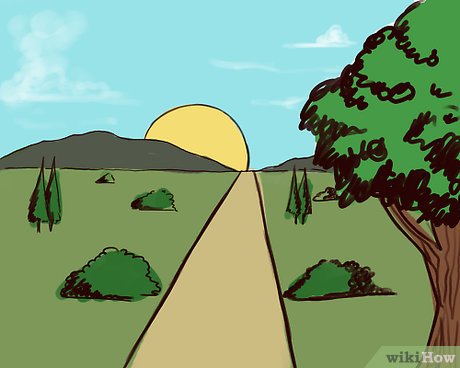
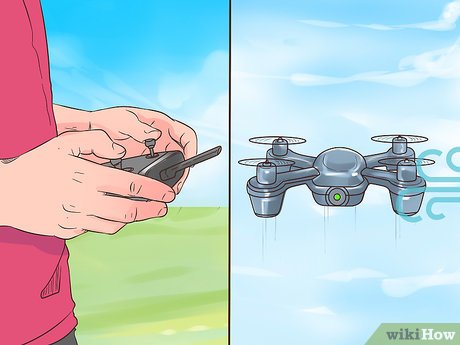
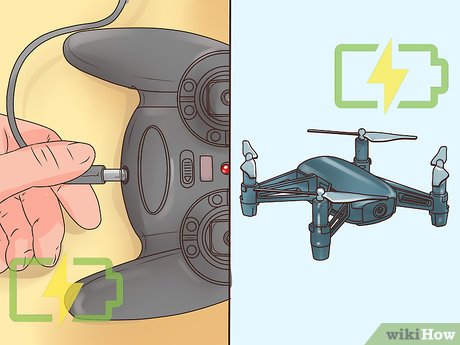
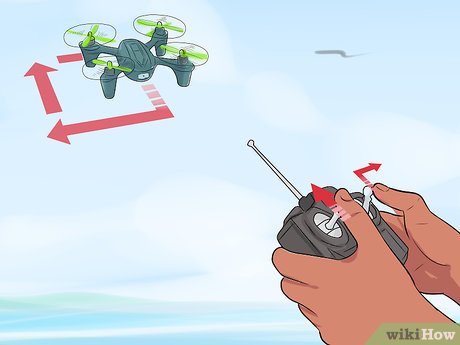
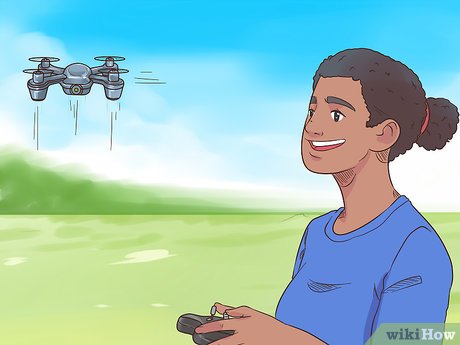
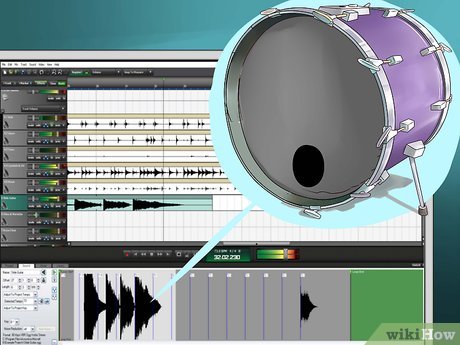










 How to Spot Deepfake Videos
How to Spot Deepfake Videos How to Trim a Video on PC or Mac
How to Trim a Video on PC or Mac How to Make Video Edits
How to Make Video Edits How to Watch Neverthink
How to Watch Neverthink How to Convert WMV to AVI
How to Convert WMV to AVI How to Watch Shared Videos from a Computer on an iPad
How to Watch Shared Videos from a Computer on an iPad